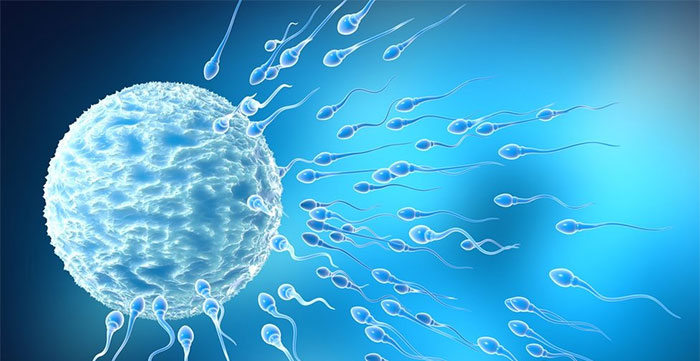Scientists at the University of British Columbia (UBC) have 3D printed human testicular cells and identified promising early signs of sperm production.
The research team, led by UBC’s assistant professor of urology, Dr. Ryan Flannigan, hopes that one day this technique will provide solutions for those living with currently untreatable forms of male infertility.
“Infertility affects 15% of couples, and male factors contribute to at least half of those cases,” Dr. Flannigan stated, noting that his lab is based at the Vancouver Prostate Centre at Vancouver General Hospital.

This technique aims to provide solutions for those living with untreatable forms of male infertility.
“We are 3D printing these cells into a very specific structure that mimics the anatomical structure of humans, which we believe is the best way to stimulate sperm production. If successful, this could open the door to new fertility treatments for couples who currently have no other options.”
In human testes, sperm is produced by small tubes known as seminiferous tubules. In the most severe form of male infertility, known as non-obstructive azoospermia (NOA), sperm is absent in the ejaculate due to reduced sperm production in these structures.
While in some cases, doctors can assist NOA patients by performing surgery to find rare sperm, Dr. Flannigan noted that this procedure is only successful about half of the time.
“Unfortunately, for the other half of these individuals, they have no options because we cannot find sperm for them.”
These are the patients that Dr. Flannigan’s team hopes to assist.
For their recent research, the scientists performed a biopsy to collect stem cells from the testes of a patient living with NOA. The cells were then cultured and 3D printed on a petri dish into a hollow tubular structure resembling the seminiferous tubules that produce sperm.
Twelve days after printing, the research team found that the cells had survived. Moreover, they had matured into several specialized cells related to sperm production and showed significant improvement in maintaining spermatogonial stem cells—both of which are early indicators of sperm production potential. The results of this recent study were published in the journal Fertility and Sterility.
Dr. Flannigan remarked: “This is an important milestone to witness these cells survive and begin to differentiate. There is still a long way to go, but this gives our team great hope.”
The research team is currently working to “train” the printed cells to produce sperm. To achieve this, they will expose the cells to various nutrients and growth factors while fine-tuning the structural arrangement to facilitate cell-to-cell interactions.
If they can get the cells to produce sperm, that sperm could be used for fertilization with eggs through in vitro fertilization, providing a new treatment option for infertility for couples.
Dr. Flannigan’s research program has also shed light on the genetic and molecular mechanisms contributing to NOA. They have employed various single-cell sequencing techniques to understand gene expression and characteristics of each individual cell, then applied computational modeling of this data to gain insights into the root causes of the condition and identify new treatment options. This highly collaborative work involves UBC researchers in computer science, mathematics, and engineering, as well as international collaborations.
Dr. Flannigan stated: “Increasingly, we are learning that there are many different causes of infertility, and each case is very specific. With that in mind, we are applying a precision medicine approach—taking cells from patients, trying to understand what unique abnormalities they have, then 3D printing and supporting the cells in a way that addresses those initial defects.”


















































